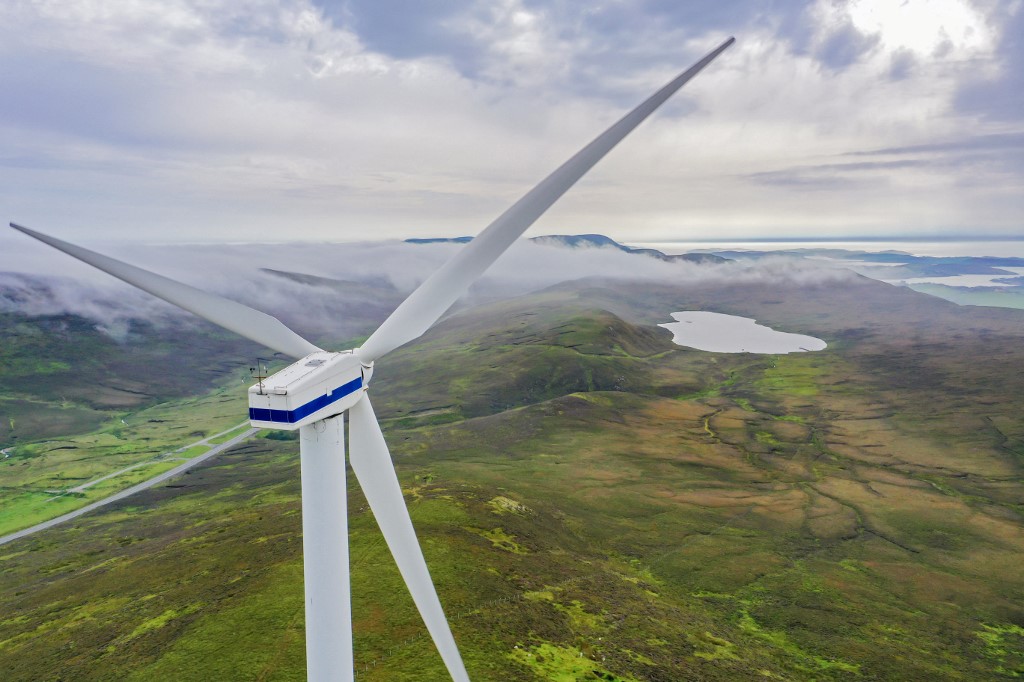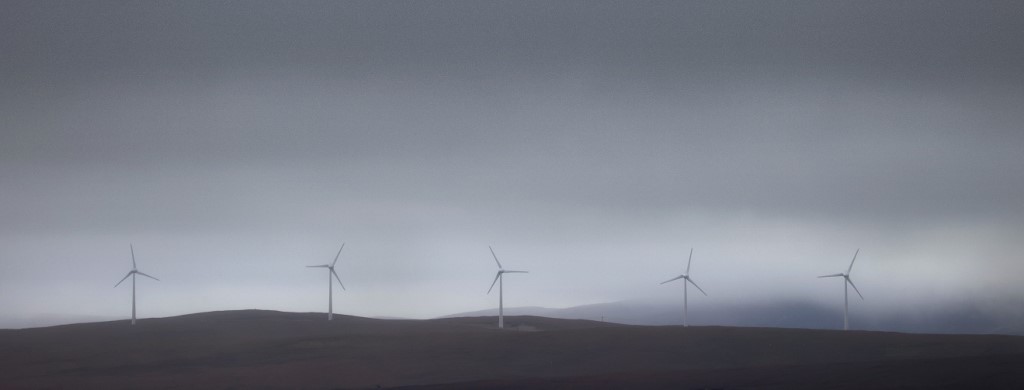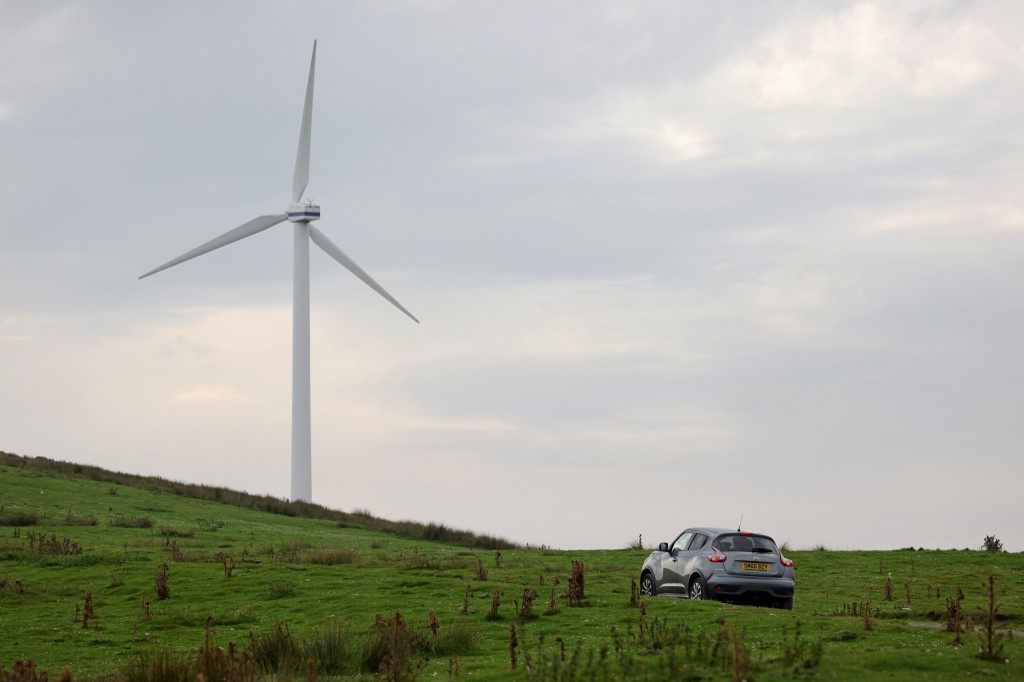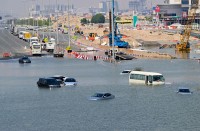
LONDON, United Kingdom (AFP) – Scotland, fresh from hosting the COP26 climate summit, on Monday awarded offshore wind project concessions for almost £700 million ($960 million, 840 million euros).
Crown Estate Scotland announced in a statement that it has granted 17 concessions via an auction process to energy companies including BP, Royal Dutch Shell and SSE, as well as Spain’s Iberdrola and France’s TotalEnergies.
The final awards received a total of 74 bids, totalled £699.2 million in the first leasing round in a decade, according to the public investment body which hailed it as a “move towards a net zero economy”.
Scotland’s planned new projects will have a combined power generation capacity of 25 gigawatts (GW) — which is equal to Europe’s current offshore wind power capacity.
The news comes after Glasgow played host to the COP26 United Nations climate summit in November, when major world powers agreed to curb the use of fossil fuels.
“Today’s results are a fantastic vote of confidence in Scotland’s ability to transform our energy sector,” said Crown Estate Scotland boss Simon Hodge in the statement.
“In addition to the environmental benefits, this also represents a major investment in the Scottish economy,” he added.
Most of Scotland’s planned new sites are on the east, north east or northern coast, with just one on the western side of the devolved nation.

First Minister Nicola Sturgeon, who heads Scotland’s pro-independence administration, praised the announcement.
Sturgeon said Monday was “possibly one of the most significant days in energy and industrial terms that Scotland has seen for a very, very long time”.
The proposed 17 developments — a combination of floating, fixed and mixed turbines — will cover more than 7,000 square kilometres of seabed.
“I think it’s hard — really hard — to overstate the significance of today’s announcement for our energy, environmental and economic future,” said Sturgeon.
“What’s been announced today — although there’s lots of work to be done to bring it to fruition — really has the potential not just to meet energy needs from renewable sources, but to position us as a major exporter in renewable energy and green hydrogen, but it also brings massive opportunities for the economy.”
Sturgeon also cited estimates that the Scottish economy would win a £1.0 billion boost per gigawatt of power — which would give a total benefit of around £25 billion.
“That raises the prospect of thousands, tens of thousands, perhaps, of jobs — good, high-quality green jobs — as we make that transition into net zero,” Sturgeon added.
Bernstein energy analyst Oswald Clint noted that big-hitting majors had clearly performed the best at the auction.

“It’s perhaps not that surprising that Shell, BP and TotalEnergies scooped up large shares of sea-bed rights in Scotland’s offshore wind auction today. Probably a lot more than they expected,” Clint said in a note to clients.
“The three integrated energy majors scooped up access to almost 10GW gross, or about 40 percent, of the 25GW gross capacity offered.”
© Agence France-Presse







